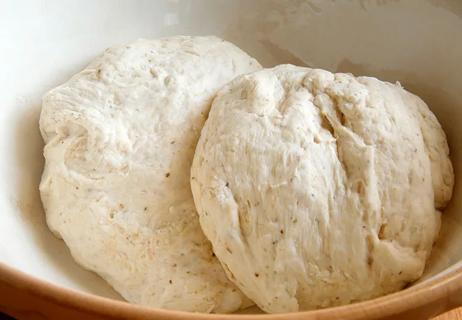Advertisement
Delays in growth, stomach aches and bathroom issues are all symptoms of this serious digestive condition

Celiac disease typically reveals itself in young children once they start eating solid food that contains gluten, a protein found in wheat and other grains. But the condition can appear later in childhood, too.
Advertisement
Cleveland Clinic is a non-profit academic medical center. Advertising on our site helps support our mission. We do not endorse non-Cleveland Clinic products or services. Policy
How can you tell if your child has this digestive disorder that demands dietary adjustments? Let’s look at the symptoms of celiac disease in children with gastroenterologist Alberto Rubio Tapia, MD.
Celiac disease triggers an autoimmune reaction when gluten enters your digestive system. This response can damage your small intestine and prevent your body from properly absorbing nutrients from food.
The results of this internal distress can show in a variety of ways.
“In children at any age, one of the most common reasons to test for celiac disease is difficulty achieving expected growth, whether we’re talking about height or weight gain,” says Dr. Rubio Tapia.
This growth faltering (once known as “failure to thrive”) is due to malnutrition, a byproduct of the intestinal damage that celiac disease causes.
Other signs may be more subtle. Looking at it by age group:
Infants and toddlers
Elementary school-aged children
Older children
Advertisement
“Of course, these can be symptoms of many different health problems or they can be caused by something completely harmless,” clarifies Dr. Rubio Tapia. “So, it’s important to work with a gastroenterologist to get a diagnosis.”
The initial step for diagnosing celiac disease in children is a blood test to look for certain antibodies to gluten. Your immune system produces antibodies to fight off what it views as threats to your body. (If you have celiac disease, that perceived threat is gluten.)
Your healthcare provider may also suggest a procedure to take a tissue sample from your child’s small intestine to look for damage caused by celiac disease.
“If results of the blood test show an antibody level that is 10 times the upper limit of what’s considered normal, some children may be able to skip the endoscopy with biopsy,” notes Dr. Rubio Tapia.
Expect questions about your family history, too, as celiac disease is a hereditary disorder. People are 10 times more likely to be diagnosed with the condition if they have a close biological relative (parent, sibling or child) with it.
The only treatment for celiac disease is to follow a gluten-free diet, explains Dr. Rubio Tapia. It’s an all-or-nothing deal, too. Even traces of gluten in something you eat may kickstart a reaction.
Many families are referred to a registered dietitian to help build a gluten-free eating plan. Despite more gluten-free food options on the market, avoiding the problematic protein can still be challenging.
But it’s important to focus on the many foods children CAN eat as opposed to what they can’t.
Dr. Rubio Tapia also offers these suggestions:
“The expectation is to put together a very solid plan in terms of management to make sure the disease is well-controlled,” says Dr. Rubio Tapia. “We like to think of ways where we can make life better for people.”
Advertisement
Learn more about our editorial process.
Advertisement

Family history can increase your risk of developing this autoimmune disorder — you may want to see a healthcare provider for screening

It’s more than just avoiding gluten — it’s also important to focus on your mental and emotional health

The symptoms are similar, but the conditions are very different

Discover the connection between eating gluten and developing celiac disease

Current research suggests 1 of every 31 children in the U.S. has ASD — and that’s probably an undercount

‘Social smiles’ typically start around 8 weeks old, while laughter comes later — around 4 to 6 months

Most infants can roll from tummy to back by 6 months old — but remember, every child develops at their own pace

Tiny taste-testing is a way babies can explore their world, relieve aching gums and self-soothe

If you’re feeling short of breath, sleep can be tough — propping yourself up or sleeping on your side may help

If you fear the unknown or find yourself needing reassurance often, you may identify with this attachment style

If you’re looking to boost your gut health, it’s better to get fiber from whole foods